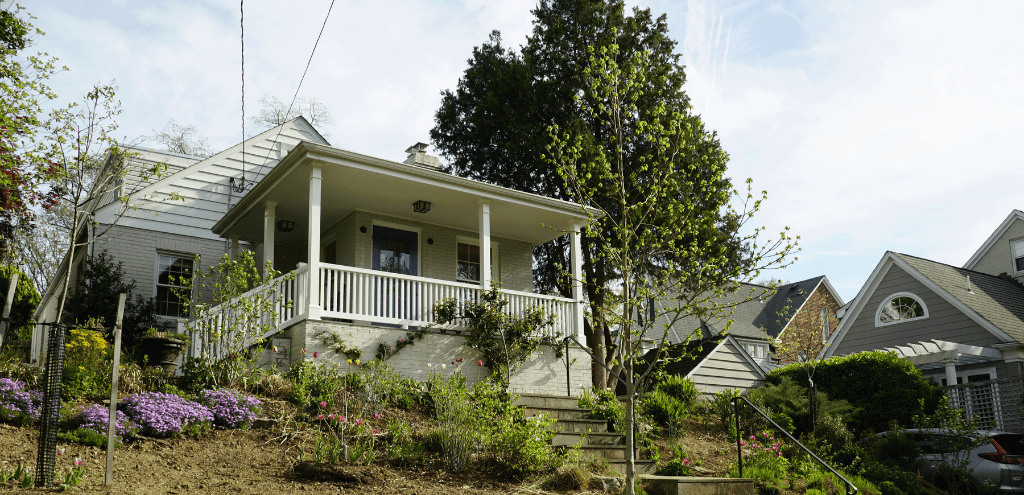
As the summer heat intensifies, people across the District find themselves faced with the dilemma of trying to stay cool while keeping their electricity bills under control. Fortunately, there is a powerful ally we have at our disposal – shade. The shade provided by trees can significantly impact your electricity bill and help create a more comfortable and sustainable living environment.
The urban heat island effect is a well-documented phenomenon that plagues many metropolitan areas. It occurs when surfaces such as concrete, asphalt, and other impervious materials, absorb and retain heat – leading to significantly higher ambient temperatures. These higher temperatures can have several negative consequences, including increased energy consumption for cooling, reduced air quality, and adverse effects on public health.

In DC, trees play a crucial role in reducing the heat island effect. The District’s tree canopy coverage collectively provides over $4 million in energy savings, which can be attributed to a reduction in the need for centralized indoor cooling. As trees shield buildings from direct sunlight, indoor temperatures remain more moderate, leading to decreased reliance on energy-intensive air conditioning systems.
While it might be challenging to precisely determine how much each individual tree saves on a single household’s electricity bill, we can gain some insight by analyzing the broader impact of trees in an urban setting. By dividing the $4.2 million energy savings by the approximate 94,000 single-family homes in DC, that gives us an average of about $45 per home. However, this is a rough estimate, and several factors can influence the actual savings for each household.
Factors such as the location of trees concerning individual homes, the types of housing structures, and the overall tree canopy coverage in a neighborhood all come into play when calculating potential energy savings. Additionally, the energy consumption patterns of individual households, such as their insulation quality, energy-efficient appliances, and lifestyle choices, also impact the final figures.
On an individual household level, studies have shown that, on average, a home shaded just 50% throughout the day will see a decrease in air conditioning costs that translates to $20 per month savings on power bills. And trees don’t only shade and cool homes, they cool the entire surrounding area. One study estimated that the net cooling effect of a young healthy tree would be equivalent to 10 room-size air conditioners running for 20 hours a day!
Resources like My City’s Trees provide accessible ways for anyone to explore the benefits that trees provide further – such as a breakdown of electricity savings by Ward, population density, heat sensitivity, and more. To learn more about how to use My City’s Trees, check out this Leaflet article!
As a homeowner, there are steps you can take to embrace shade and reduce your electricity bills. Planting trees strategically around your property can offer considerable benefits and defense against the summer heat. And it’s FREE! Get Free Trees to accentuate your home with a beautiful shade tree at no cost. By recognizing the power of shade and embracing nature’s solution – trees – we can create cooler neighborhoods, and foster sustainable, green cities for a brighter future.


